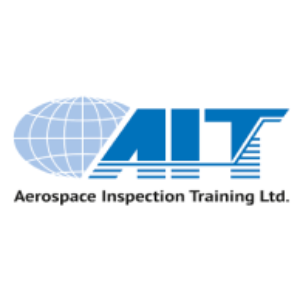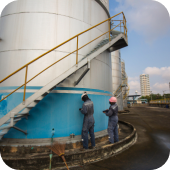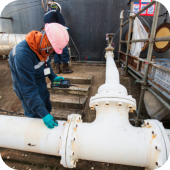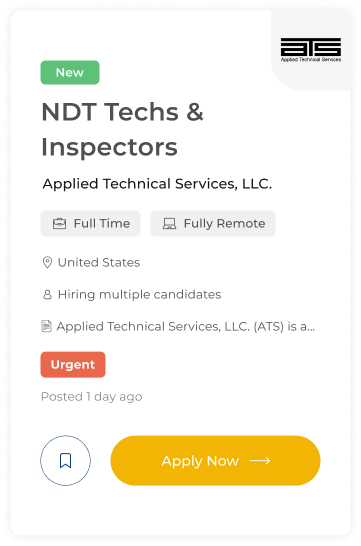

Aerospace NDT Training Ltd.
INDUSTRY LEADERS IN AEROSPACE NDT TRAINING.
Overview
Aerospace Inspection Training offers Non-Destructive Testing (NDT) and Inspection courses for the Aerospace Industry. Our courses run throughout the year and cover all significant NDT testing methods.
AIT is a part of the Morgan Ward Group of companies, alongside the calibration/repair company NDT MainCal and the EASA, FAA-approved inspection company Morgan Ward.
Our instructors are all highly experienced and hold certifications to level 3 with extensive backgrounds in the aerospace inspection. Our proven track record of high-quality instruction and hands-on teaching sets us apart from other training schools. It has helped us to become the major training provider for many of the world’s top aviation companies.
Started over 30 years ago, we’re a BINDT-approved outside agency offering EN4179/NAS 410 and PCN AERO training and examinations from our school in Stansted or on-site; we also offer sub-contract Level 3 services and bespoke NDT training courses.
Products
Services
Ads












